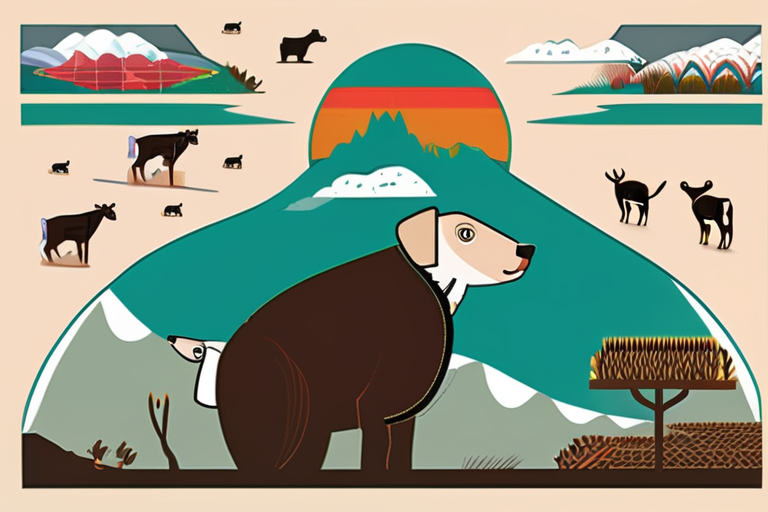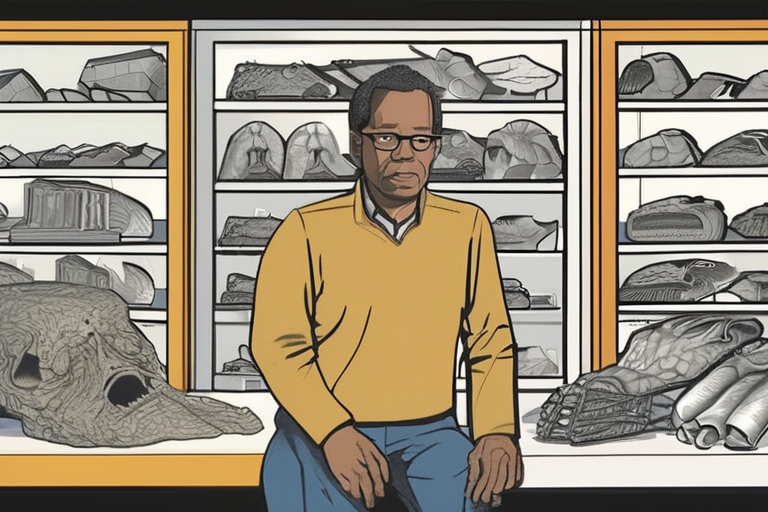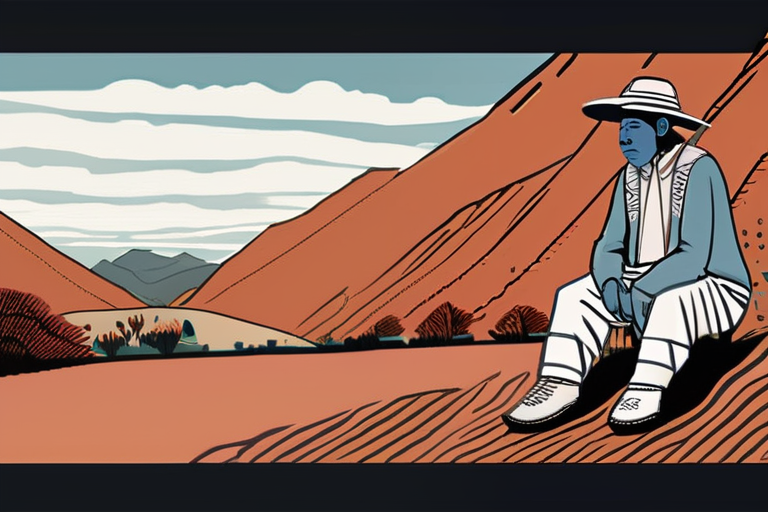Andean Farmers' Secret Lives: Hunting and Gathering Continued for Thousands of Years


Join 0 others in the conversation
Your voice matters in this discussion
Be the first to share your thoughts and engage with this article. Your perspective matters!
Discover articles from our community

 Hoppi
Hoppi

 Hoppi
Hoppi

 Hoppi
Hoppi

 Hoppi
Hoppi

 Hoppi
Hoppi

 Hoppi
Hoppi

South American Hunters' Appetite for Megafauna Revealed A recent study by a team of archaeologists has shed light on the …

Hoppi

UNCONTACTED PERUVIAN TRIBE ON DEADLY COLLISION COURSE WITH LOGGERS, GROUP SAYS LIMA, PERU - Members of an uncontacted Indigenous tribe …

Hoppi

MacArthur 'Genius' Unearths Surprising Lessons from Ancient Remains New York, NY - Kristina Douglass, a renowned archaeologist at Columbia University, …

Hoppi

Peruvian Amazon Devastated by 140,000 Hectares of Illegal Gold Mining Destruction A devastating gold rush in Peru's Madre de Dios …

Hoppi

The centrepiece of the mural is a stylistic depiction of a large bird of prey with outstretched wings, its head …

Hoppi

Breaking News Julia Chuñil, a 72-year-old land defender from Chile's Valdivian forest, has been missing since November last year, sparking …

Hoppi